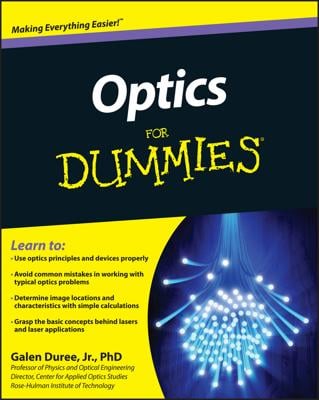The solution to the problem of the double slit experiment, a concept at the heart of string theory’s origins and a direct consequence of this early work in quantum physics, took the form of the quantum wavefunction, developed by Erwin Schrödinger.
In this function, the location of the particle is dictated by a wave equation describing the probability of the particle’s existence at a given point, even though the particle has a definite location when measured.
Schrödinger’s wavefunction was based in part on his reading of de Broglie’s hypothesis about matter having a wavelength. He used this behavior to analyze atomic models created by Niels. The resulting wavefunction explained the behavior of these atoms in terms of waves.
Bohr’s student, Werner Heisenberg, had come up with a different mathematical representation to solve the atomic problem. Heisenberg’s matrix method was later shown to be mathematically equivalent to Schrödinger’s wavefunction. This sort of parallel work comes up often in physics.
The wavefunction created the wave behavior. In this viewpoint, the wave passed through both slits, even though no single, classical individual particle could pass through both slits. The wavefunction, which describes the probability of the particle arriving at a point, can be thought of as passing through both slits and creating the interference pattern.
This is an interference pattern of probabilities, even though the particles themselves end up having a definite location (and therefore must pass through one slit).
Still, this isn’t the end of the odd story of the double slit experiment. The strange dual behavior — wave and particle — was still there. But now a mathematical framework existed that allowed physicists to talk about the duality in a manner that made some sort of mathematical sense. The theory still held many more mysteries to be uncovered.

